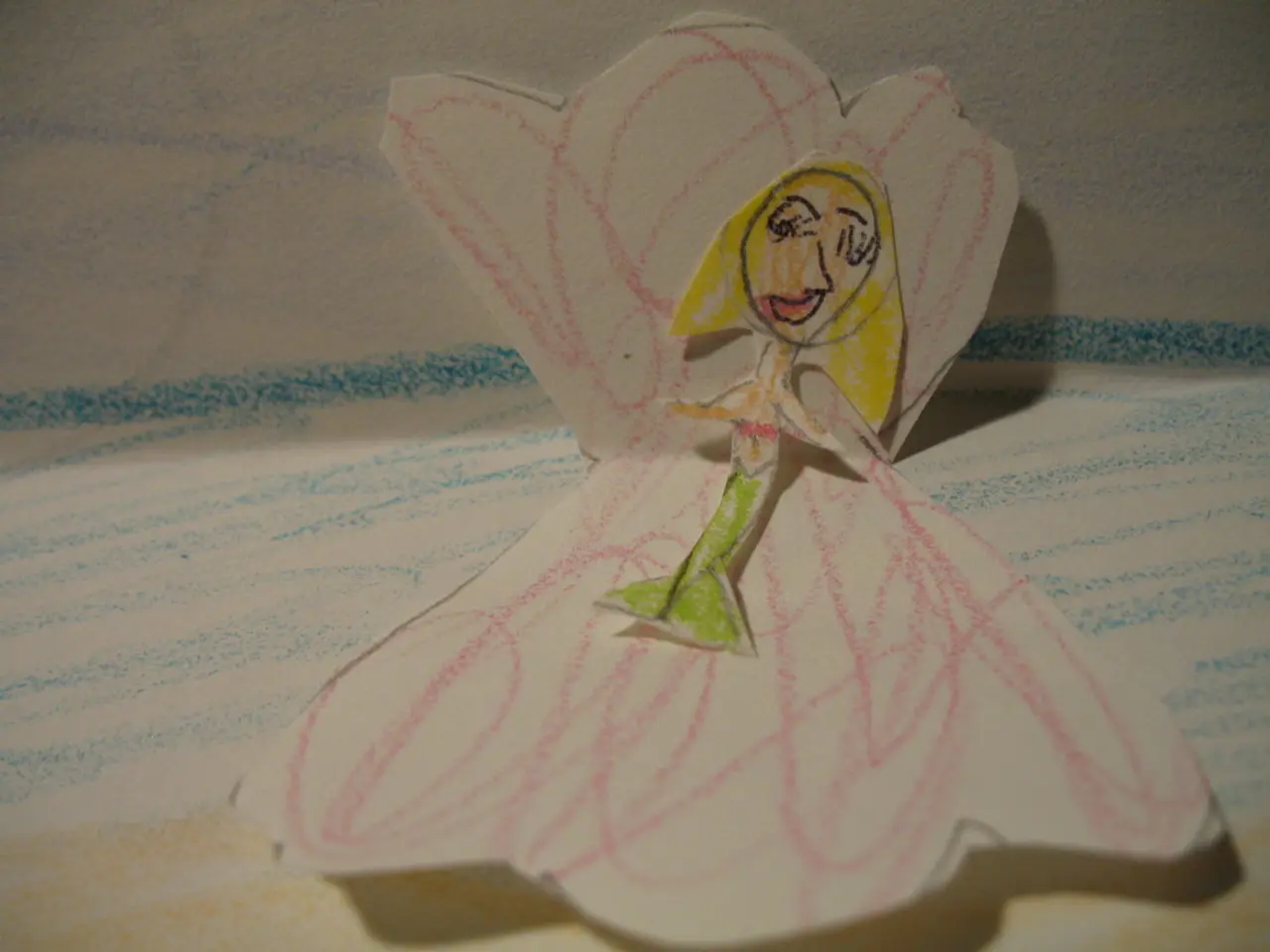Reinvestigating the value: Is traditional low-poly game art still relevant amidst contemporary visuals?
In the ever-evolving world of video games, a fascinating debate has emerged about the use of low-poly graphics, a style reminiscent of early 3D games from the PlayStation 1 era. This debate stems from differing views on whether low-poly graphics are a meaningful artistic choice or an outdated limitation being nostalgically embraced.
On one side, proponents of low-poly graphics argue for its economic efficiency. With fewer resources required to create and render low-poly models, they contend that this style offers a more cost-effective solution compared to photorealistic graphics. Additionally, the style's nostalgic appeal evokes a retro aesthetic that resonates with players, particularly those who grew up enjoying the PS1 era.
Moreover, some modern games like "Sorry, We're Closed" and "Crow Country" have proven that low-poly graphics can be an intentional artistic decision, rather than a limitation. These games, with their deliberately retro looks, have garnered critical acclaim, demonstrating that simplicity can indeed be beautiful.
Another argument in favour of low-poly graphics is their timelessness and performance. As one argument states, simpler graphics that look good on lower-end hardware may age better and remain visually appealing as technology advances, unlike cutting-edge graphics that quickly become outdated.
On the other side of the debate, notable figures like Square Enix veteran Koji Sugimoto voice concerns against the low-poly trend. Sugimoto, who worked on Final Fantasy 10 and Xenogears, sees low-poly stylization as a downgrade or step backward, since early developers struggled to avoid the graphical limitations that now some developers call "charming" or "flavor."
Sugimoto argues that painstaking work was done in the past to avoid issues like texture warping and polygon distortion inherent to low-poly graphics, which are now embraced ironically rather than improved upon. For some developers and players, deliberately choosing a look once considered a technical flaw can feel like an excuse for lower quality or laziness rather than a valid artistic style.
The debate underscores a clash between viewing low-poly graphics as either nostalgic artistry and efficiency or as a nostalgic crutch that neglects modern graphical capabilities and craftsmanship. This controversy highlights different philosophies about game aesthetics and the evolving relationship between technology, art, and player expectations.
Despite Sugimoto's criticism, the low-poly option remains a popular choice in 2025, particularly in the indie game scene. Titles like "Sorry, We're Closed" and "Crow Country" have had success with a more retro look, proving that there is still a place for low-poly graphics in modern gaming.
In summary, the debate surrounding low-poly graphics in modern video games is a complex issue, reflecting differing opinions on the role of nostalgia, artistic freedom, and technological advancement in the gaming industry. Whether viewed as a meaningful artistic choice or a nostalgic crutch, low-poly graphics continue to captivate players and developers alike.
[1] Article about the economic efficiency of low-poly graphics [2] Article about the aesthetic value of low-poly graphics [3] Article about the timelessness of low-poly graphics [4] Article about Koji Sugimoto's comments on low-poly graphics
- The use of low-poly graphics in video games is justifiable due to their economic efficiency, as fewer resources are required for creation and rendering compared to photorealistic graphics.
- Low-poly graphics can serve as an intentional artistic decision, as demonstrated by games like "Sorry, We're Closed" and "Crow Country" that have received critical acclaim for their deliberately retro looks.
- One advantage of low-poly graphics is their timelessness and performance, with simpler graphics that look good on lower-end hardware potentially aging better and retaining visual appeal as technology advances.
- Koji Sugimoto, a noted figure in the gaming industry, expresses concerns about the low-poly trend, seeing it as a downgrade or step backward, since developers once sought to avoid the graphical limitations that are now being nostalgically embraced.
- Articles discussing the economic efficiency, aesthetic value, timelessness, and criticisms about low-poly graphics provide insight into the ongoing debate over the use of these graphics in modern video games.
- As technology continues to advance, the relationship between art, technology, and player expectations in the gaming industry will remain a dynamic and complex issue, with low-poly graphics serving as a key aspect of this debate.
- The development of artificial intelligence and the emergence of new gadgets could potentially influence the future of low-poly graphics, adding a new dimension to the ongoing debate about their place in the gaming industry.




